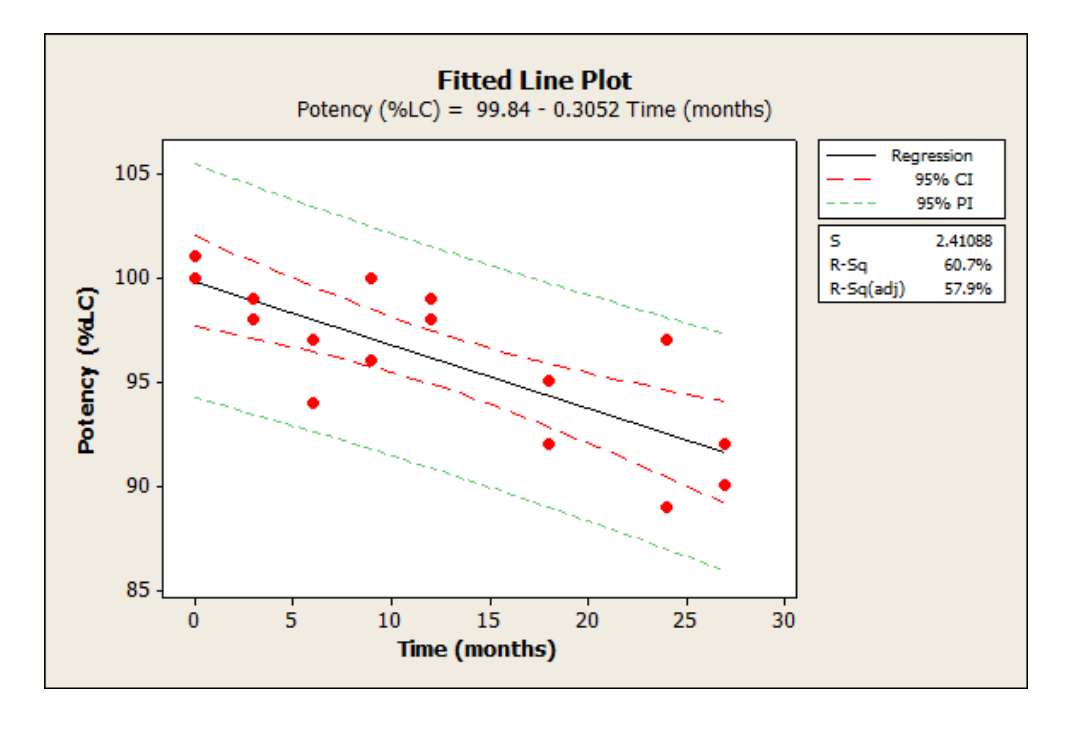
Key Points
- A confidence band are lines found on a probability plot which show the confidence bounds for a given range of data.
- You don’t need massive sample sets to use a confidence band.
- Confidence bands directly correspond with the confidence interval for your data sets.
Because of variations in the data we use for analysis, point estimates are often not reliable enough. That is why it is necessary to account for that variation by using a confidence band, prediction band, or confidence interval.
Overview: What Is a Confidence Band?
A confidence band is like a confidence interval. A confidence interval is defined as a plausible range of values for your population parameter based on taking your sample point estimate and adding and subtracting a margin of error. It is used for computing a range of single-value estimates.
On the other hand, a confidence band is the lines on a probability plot or fitted line plot that show the upper and lower confidence bounds for all points on a fitted line within the range of data.
In regression, at some desired level of confidence, the confidence band will show the plausible range of values for the fitted line. A prediction band can also be computed to show the range of likely values for new observations at some level of desired confidence.
The confidence bands above and below the fitted line represent confidence intervals for the mean response for some predictor variable.
In the example below, the model indicates that with a 95% confidence level, a density of 15 will generate a mean stiffness between approximately 28 and 35, which are the y-values of the lower and upper confidence bands at X = 15.
Why Use a Confidence Band?
You’re going to have random variation and uncertainty in any of your processes. This is where the confidence band comes in handy. It allows you to readily predict and account for chaos in your data sets while having a minimum of samples or points to pull from.
An Industry Example of a Confidence Band
A Six Sigma Master Black Belt (MBB) was assigned to the quality lab to participate in a project seeking to understand the relationship between time and product potency. The MBB did the usual regression analysis as shown below. She then added the confidence and prediction bands to get more insight into the relationship and implications for future data.

The graph below shows the original fitted line plot with the addition of the confidence band (red) and prediction band (green).

Other Useful Tools and Concepts
Looking for some other tips and tricks to get your organization rolling? Understanding how to conduct non-parametric tests is a great way of compensating for datasets that might not fall within a normal distribution. As such, it makes for a great way to see where your data is resting.
Further, understanding normality is a key component of any statistical analysis. If you aren’t familiar with the concept, drop everything you’re doing and read our comprehensive guide on the subject.
